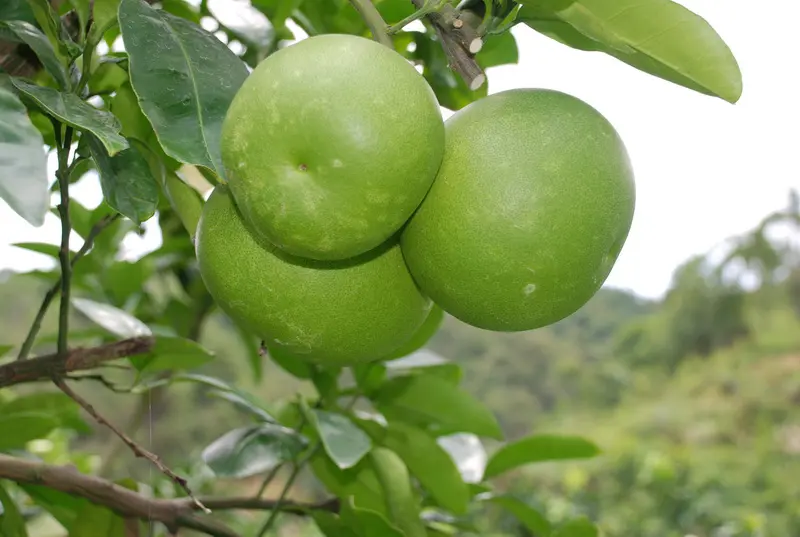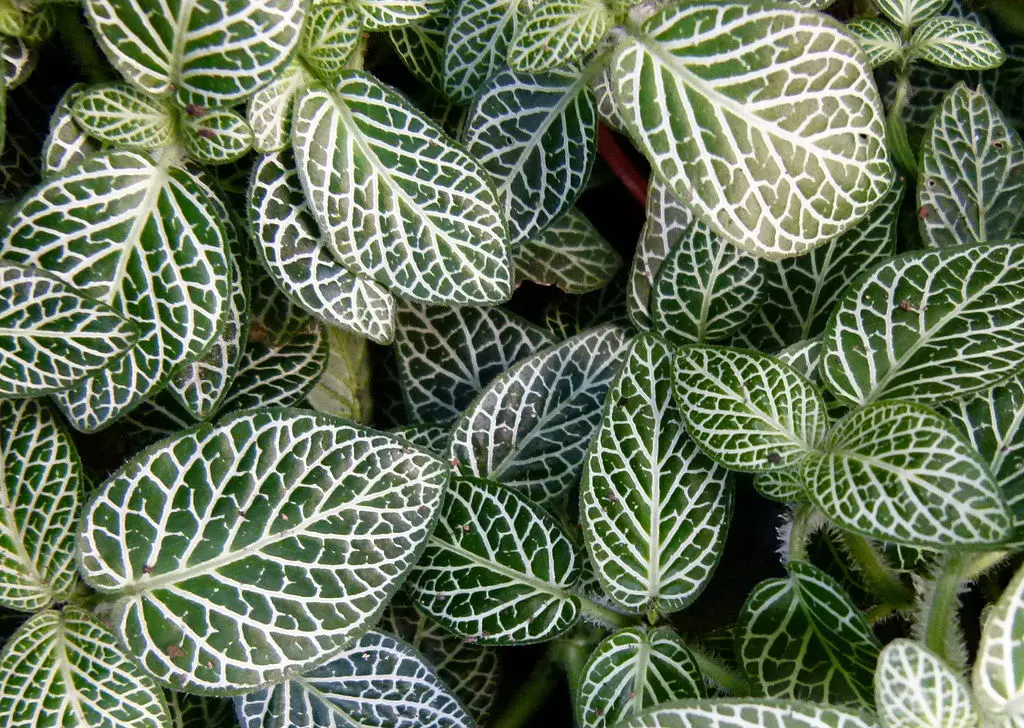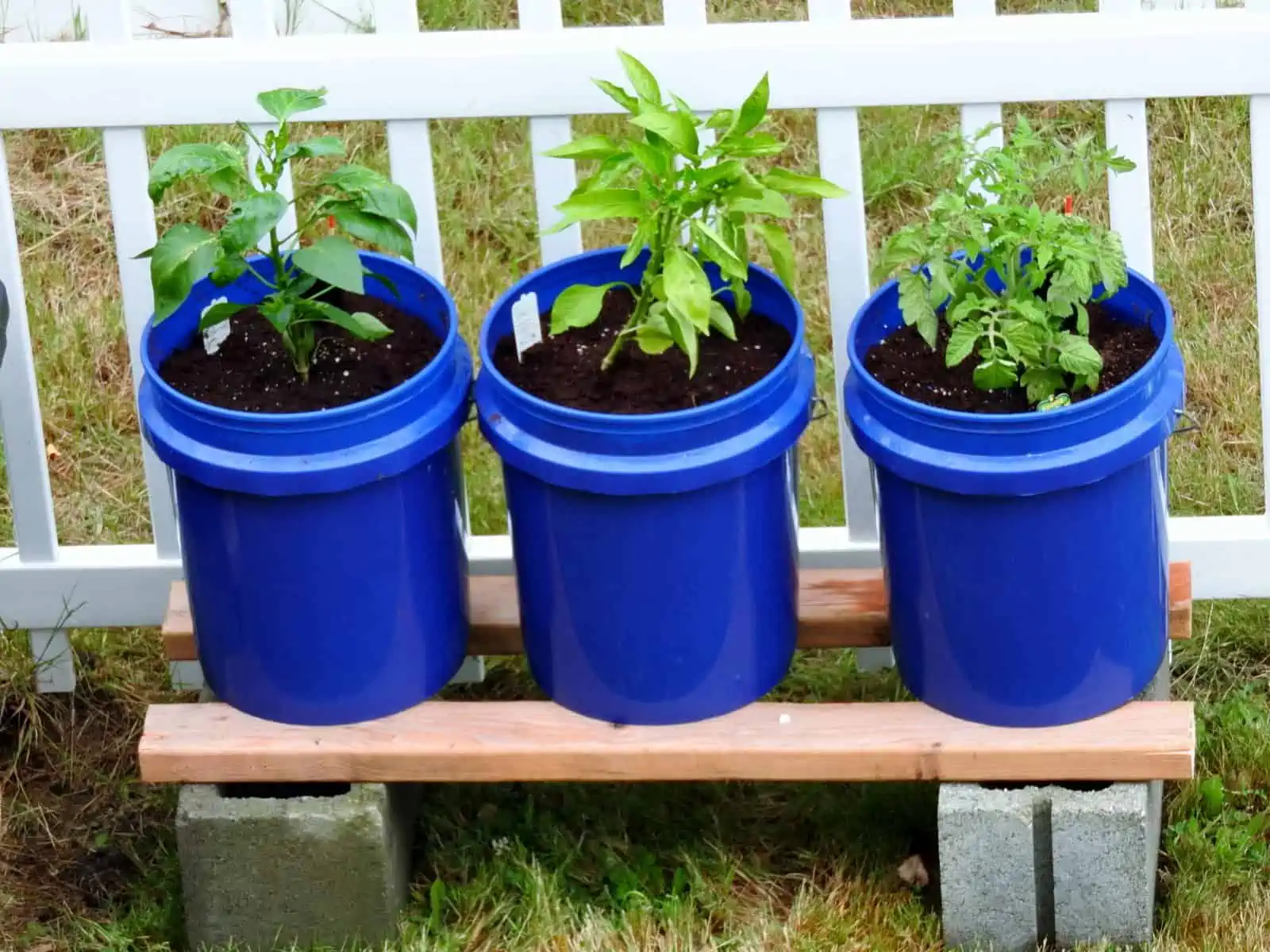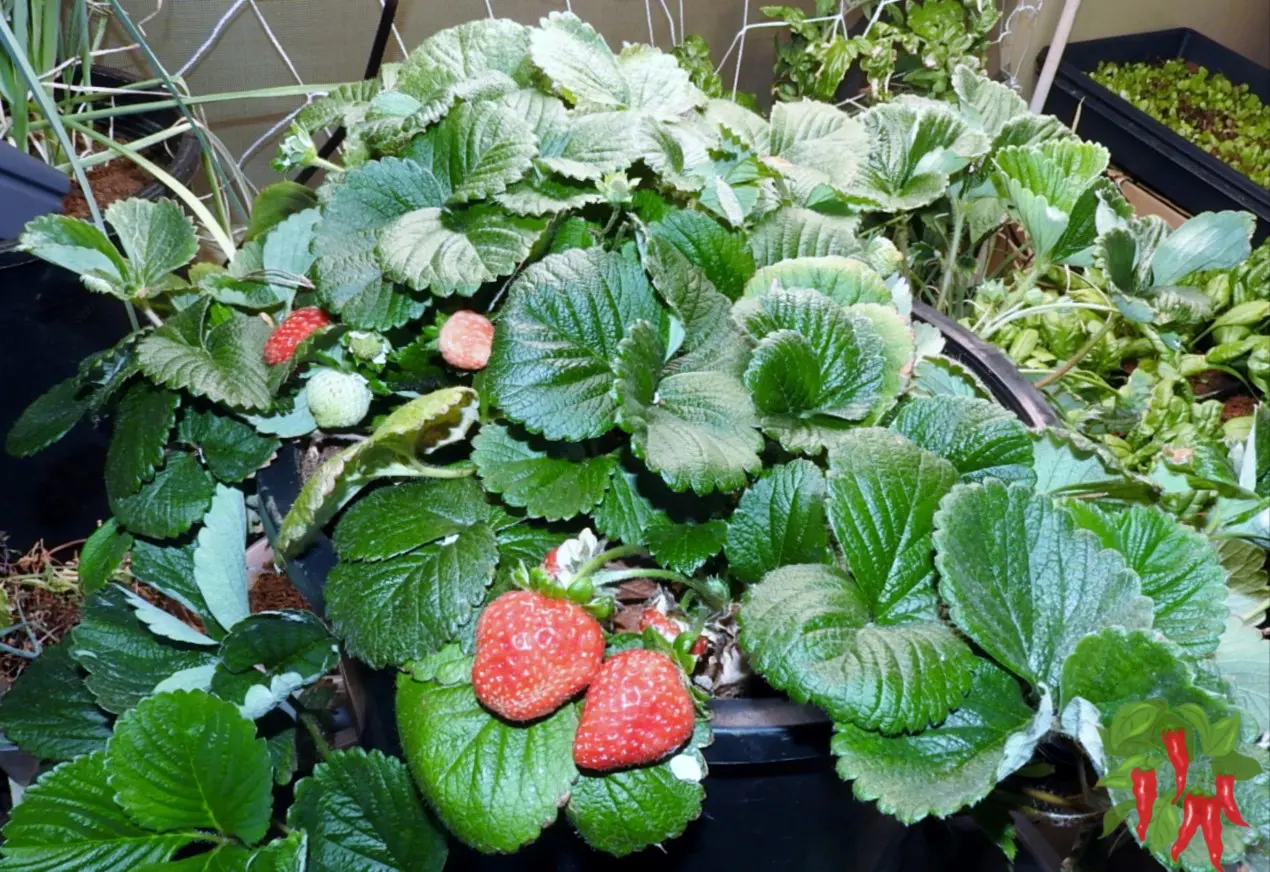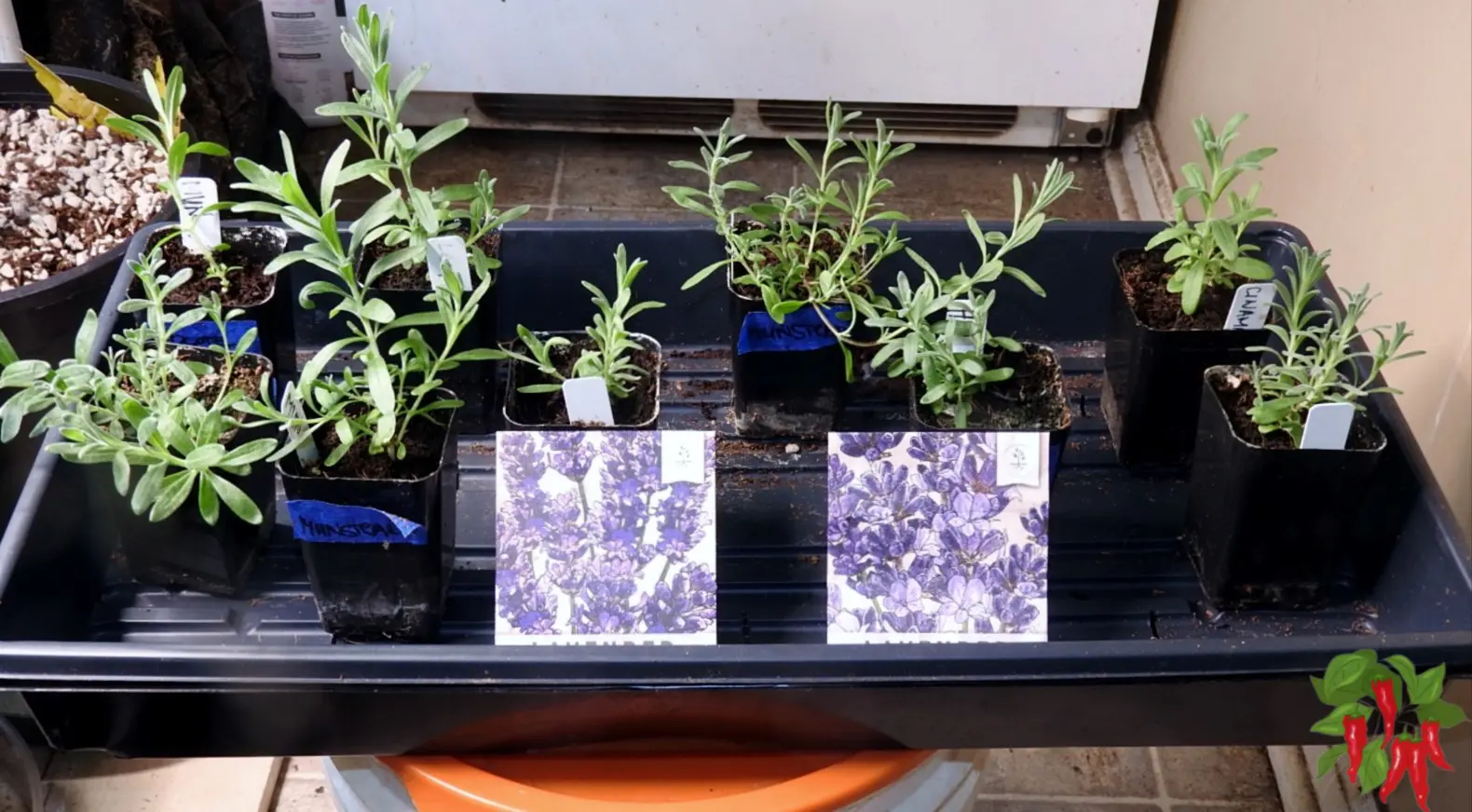This post contains affiliate links. If you buy something from one of our links we may earn a commission. Thanks
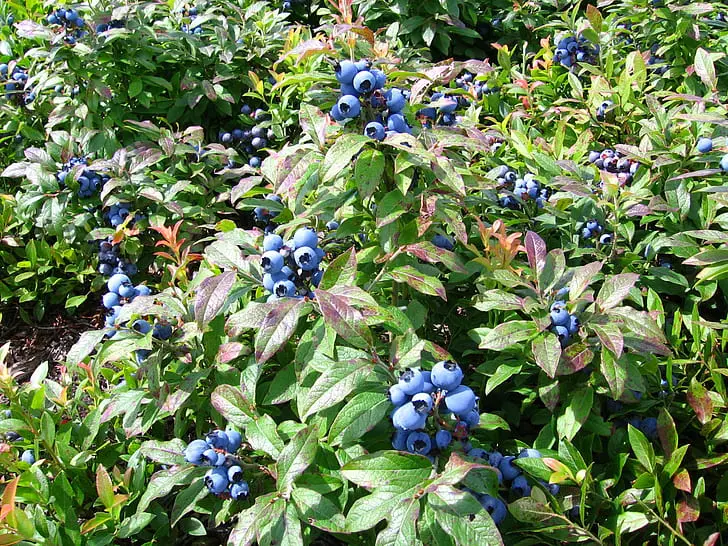
Discover the joy of growing blueberries in buckets! Our guide makes it easy and fun, turning any space into a blueberry haven. Dive in now!
Growing Blueberries in buckets is a practical way to cultivate this fruit when space is limited. Use a 5-gallon bucket filled with acidic, well-draining soil. Place the bucket in a sunny location with at least 6 hours of sunlight. Water consistently, maintaining slightly moist soil, and fertilize with a balanced fertilizer designed for acid-loving plants.
Blueberries, often dubbed as superfoods, are packed with antioxidants and offer numerous health benefits, including anti-aging properties and aiding in controlling diabetes, blood pressure, and cholesterol.
If you’ve ever considered growing blueberries, you’re in for a treat! Growing them in containers is an excellent way to ensure a bountiful harvest. Let’s dive into the details.
Growing Blueberries in Buckets
Growing blueberries in buckets is a practical approach for limited spaces. Choose a suitable blueberry variety, use acidic soil with a pH of 4.5 to 5.5, and ensure good drainage. Place the bucket in a location receiving at least 6 hours of sunlight daily. Regularly water and monitor for pests to ensure a healthy harvest.
Blueberries are not just delicious. They’re a powerhouse of nutrients. Growing them in containers can be both a fun hobby and a way to ensure you have fresh, organic blueberries right at your doorstep.
Selecting the Right Blueberry Variety
Choosing the right variety is crucial. Top Hat is an amazing dwarf blueberry suitable for containers. Different varieties cater to different climates and yield varying flavors and sizes. Research the best type suited for your region to ensure a successful harvest.
Understanding the Size of Blueberry Plants
While an average blueberry bush can grow up to six feet, there are dwarf varieties perfect for container gardening. Familiarize yourself with the growth patterns to select the best fit for your space.
Choosing the Right Container
The container’s size and material can significantly impact the growth of your blueberries. Opt for rigid plastic containers that are at least 18 inches deep, ensuring ample space for roots.
You can use 5-gallon buckets to start but you may want to transplant to a larger container after a few years.
Selecting an Adequate Substrate
The substrate, or the medium in which your blueberries grow, is vital. For pot cultivation, a mixture of pine bark and peat moss is recommended. For hydroponic enthusiasts, ensure the substrate is inert and retains moisture.
pH and Acidity Management
Blueberries thrive in acidic soil. Regularly measure and maintain a pH level between 4.5 to 5.5 to ensure healthy growth.
Sunlight Requirements
Ensure your blueberry plants get at least 6 hours of full sun daily. In hotter climates, some afternoon shade can be beneficial.
Proper Irrigation Techniques
Blueberries prefer a moist environment. Water them generously once a week, ensuring the container has proper drainage to prevent root rot.
Managing Pests and Diseases
While blueberries are relatively resistant to pests, watch out for mealybugs, aphids, and nematodes. Ensure proper drainage and substrate choice to avoid common diseases.
Protecting Plants from Predators
Birds and squirrels love blueberries as much as we do! Consider using bird nets or placing your containers in a greenhouse to protect your harvest.
Harvesting Tips
Harvest your blueberries when they turn deep blue and are soft to touch. Remember, once plucked, they won’t ripen further, so pick them at the right time.
FAQs For Growing Blueberries in Buckets
Q: How often should I water my blueberries in containers?
A: Ideally, you should water your blueberries once a week. Blueberries prefer consistent moisture, but it’s essential to ensure that the soil doesn’t become waterlogged. Using a container with good drainage can help maintain the right moisture balance.
Q: Can I grow multiple blueberry varieties in the same container?
A: While it’s technically possible, it’s recommended to grow one variety per container.
This ensures that each variety has enough space to grow and thrive, and it also helps in providing uniform care tailored to each specific variety’s needs.
Q: How do I protect my blueberries from birds and squirrels?
A: Protecting your blueberries from birds and squirrels can be a challenge since they love these fruits.
Using bird nets is an effective method, as it prevents birds from reaching the berries while still allowing sunlight.
For a more comprehensive solution, consider placing your containers inside a greenhouse or using protective mesh around your growing area.
Q: When is the best time to harvest blueberries?
A: The best time to harvest blueberries is when they achieve a deep blue hue and are soft to the touch.
It’s essential to be patient and allow them to ripen fully on the bush, as they won’t continue to ripen once picked.
Regularly check your blueberries during the ripening season to ensure you harvest them at their peak.
Growing Blueberries in Buckets Conclusion
Growing blueberries in containers is a rewarding experience. With the right care and attention, you can enjoy a bountiful harvest.
Whether you’re growing them for commercial purposes or personal consumption, the process is an act of love and patience. Happy gardening!
Read More: Growing Blueberries In 5-Gallon Buckets




